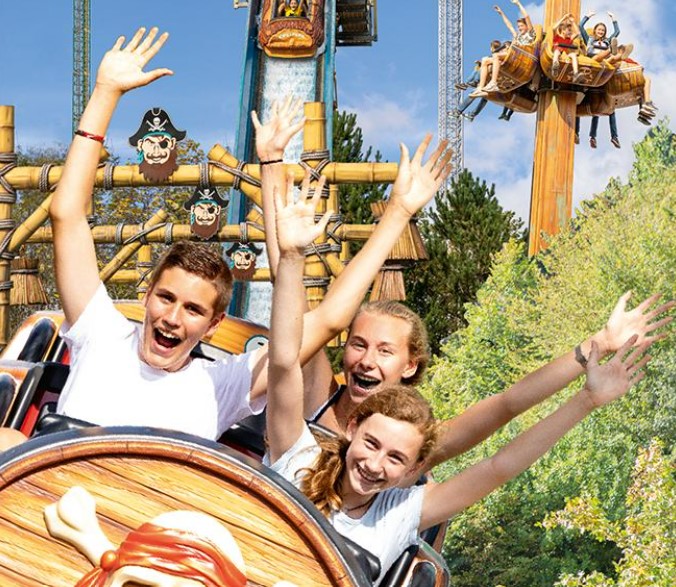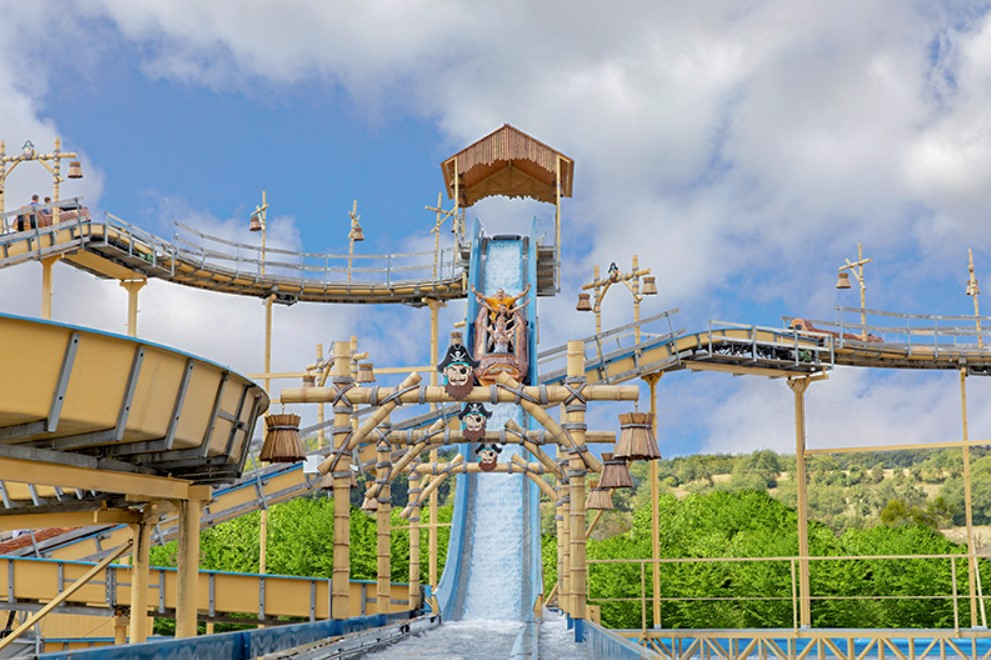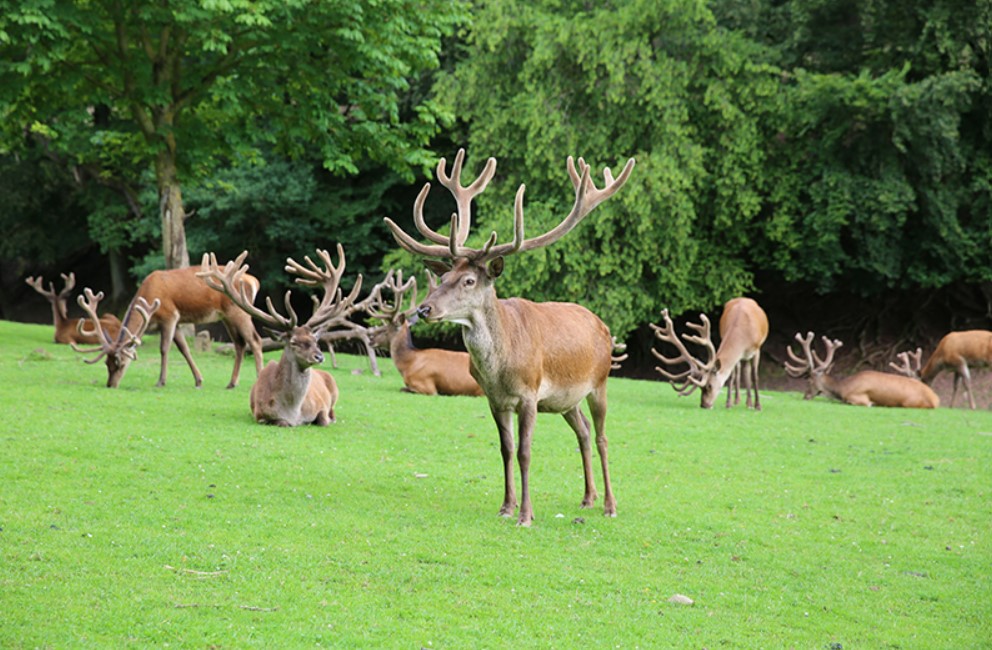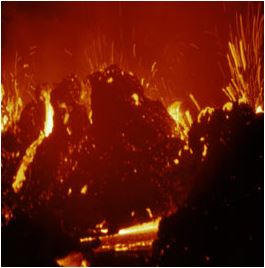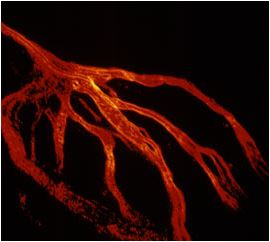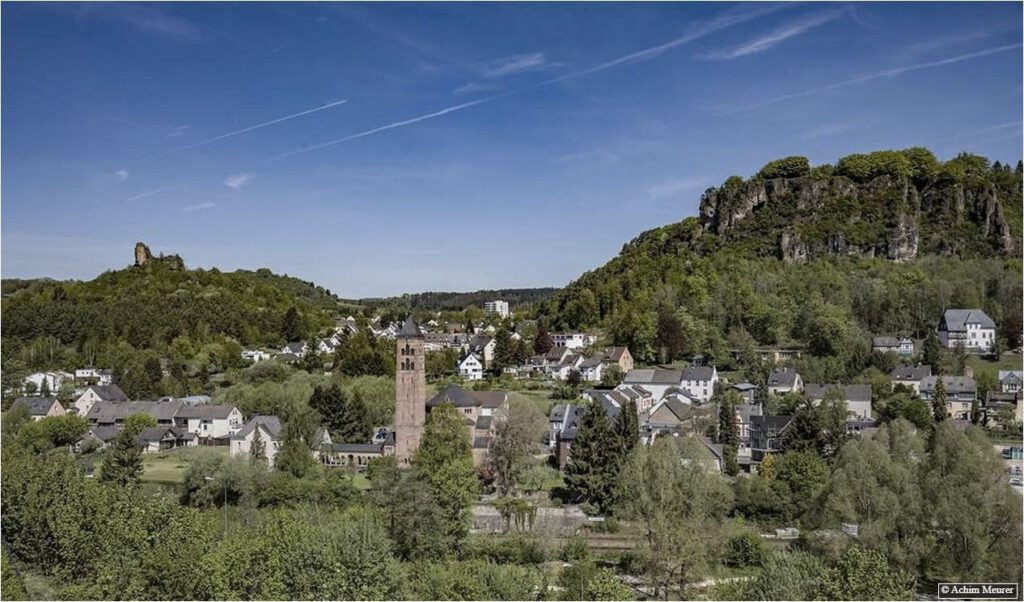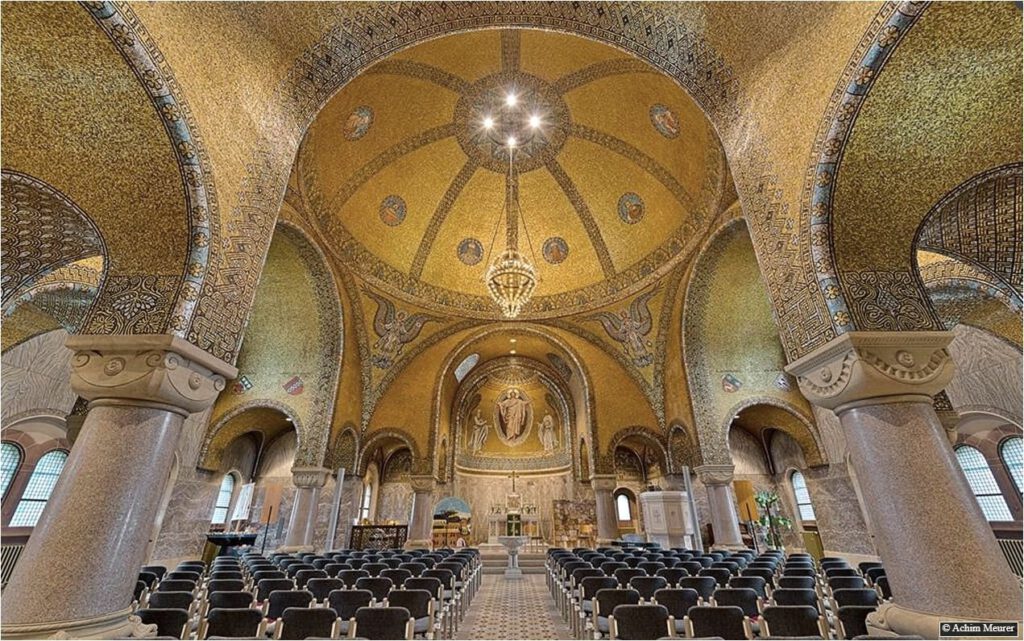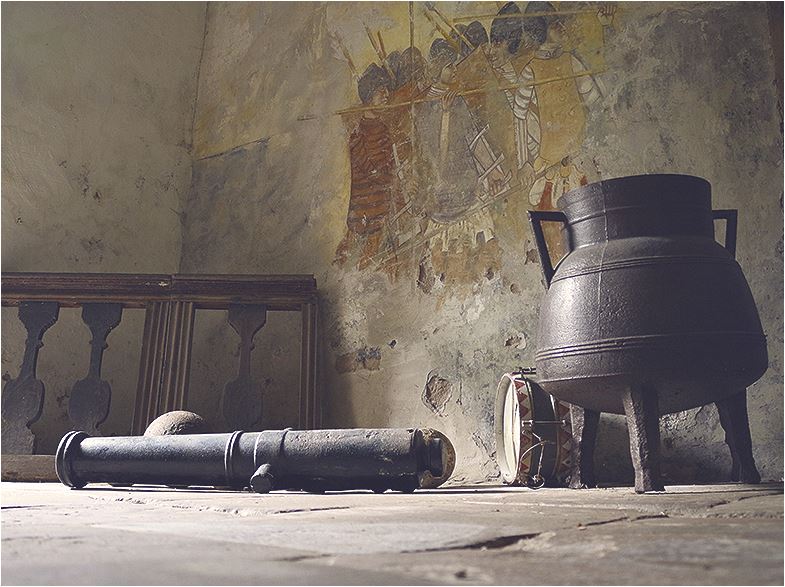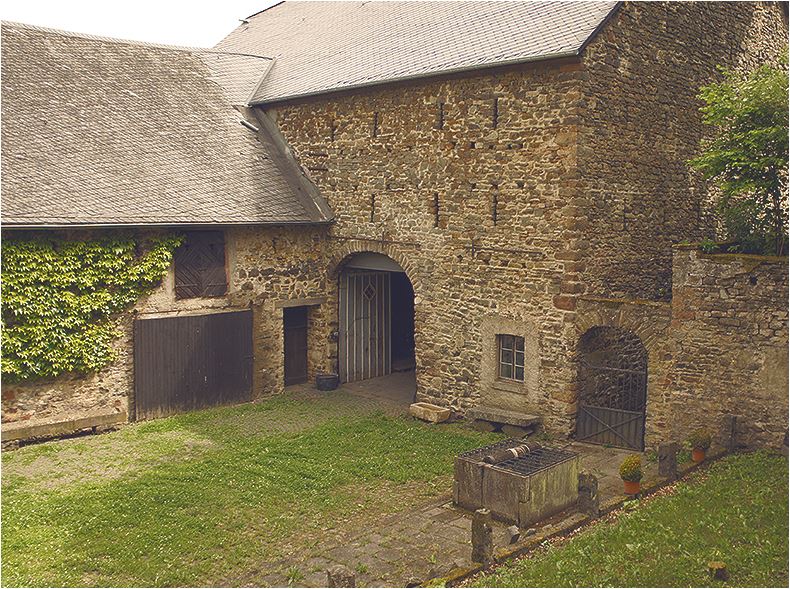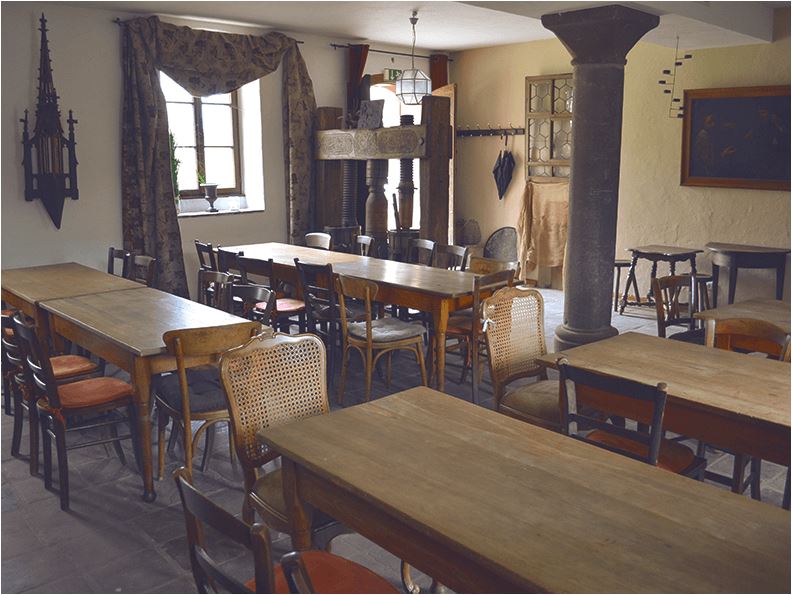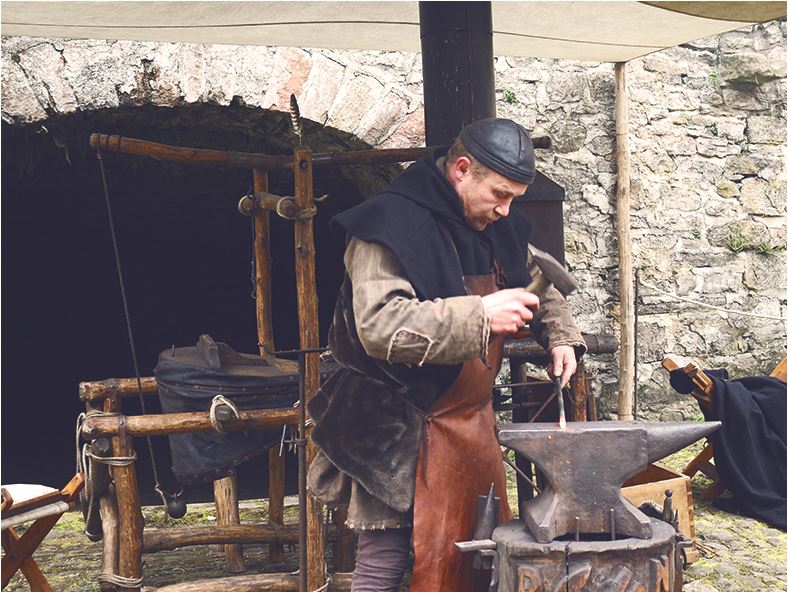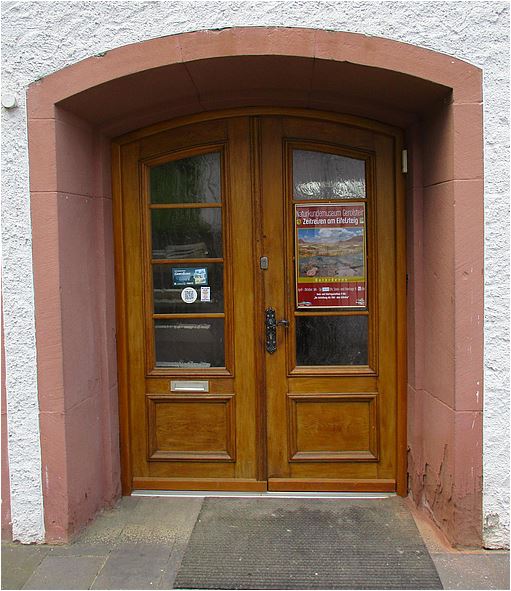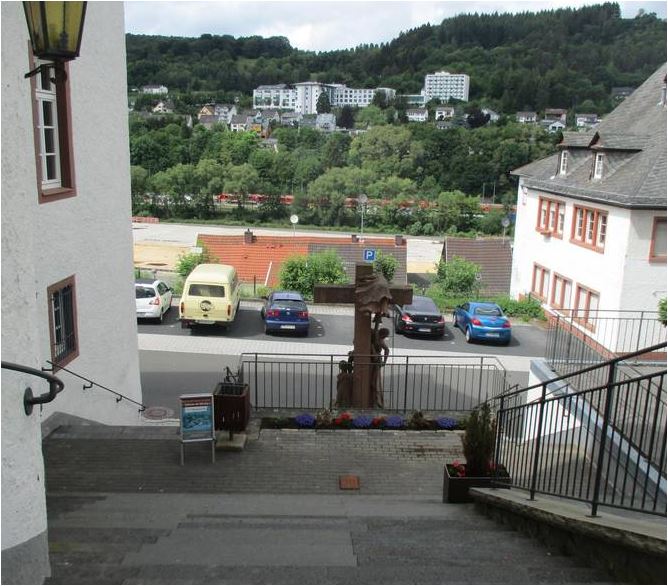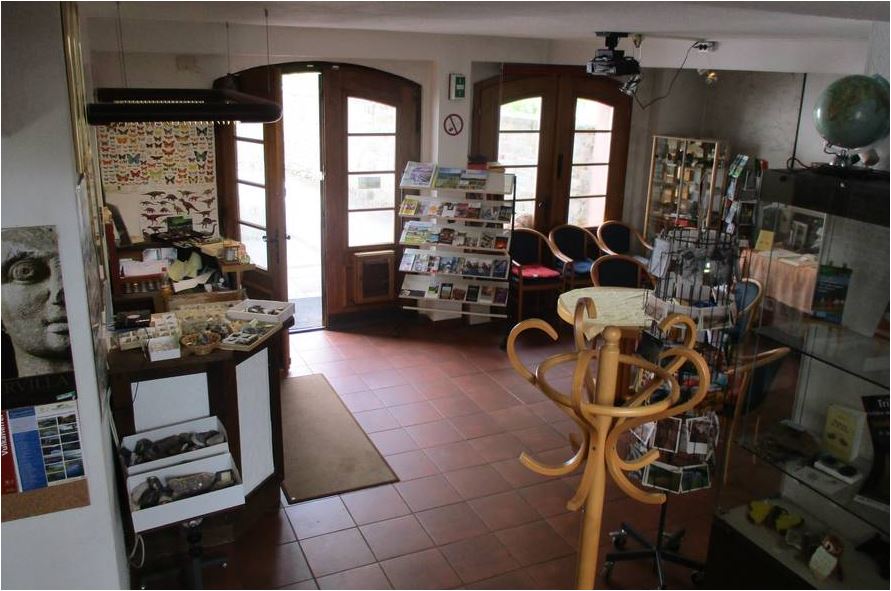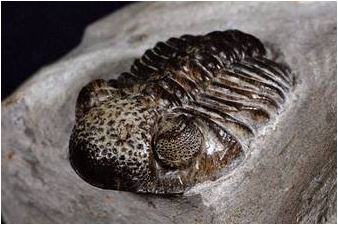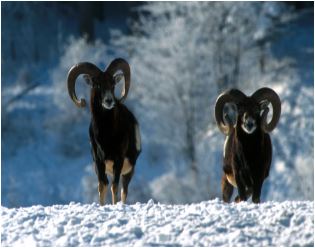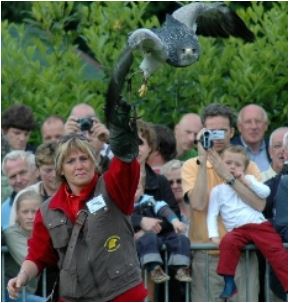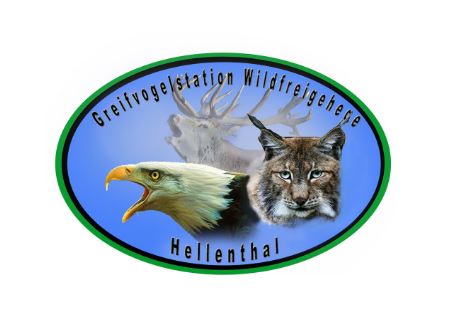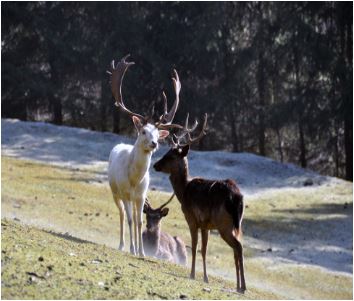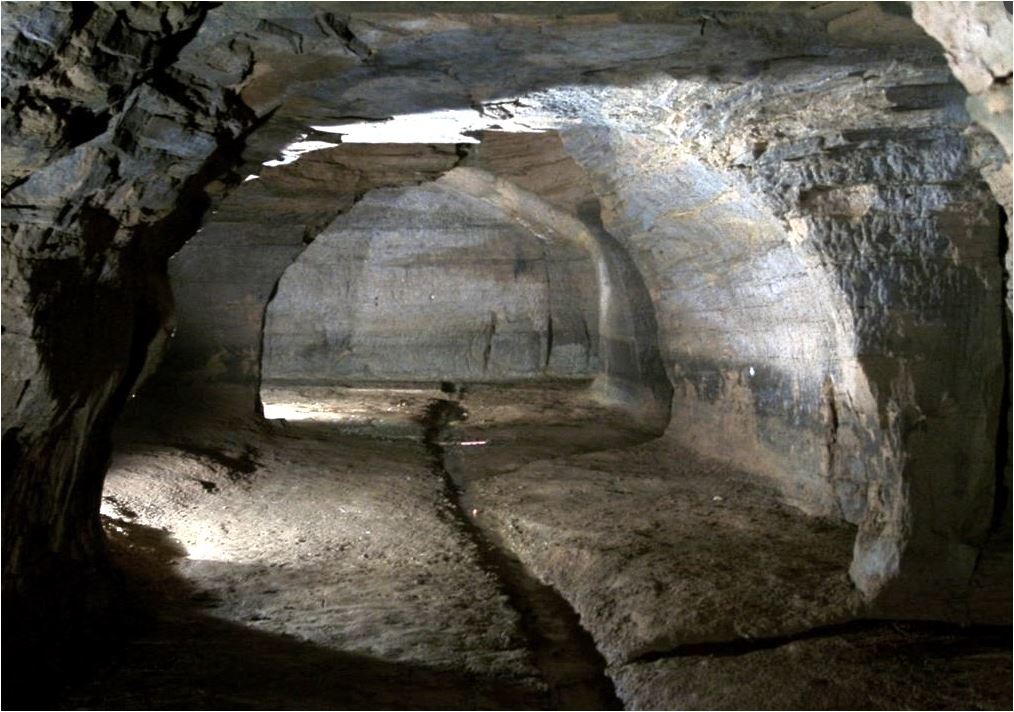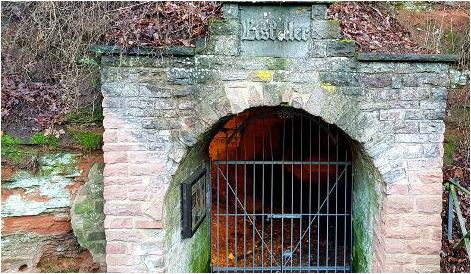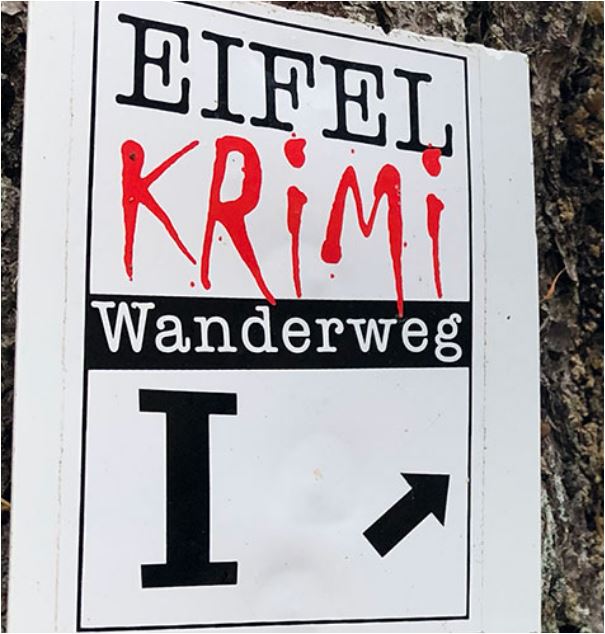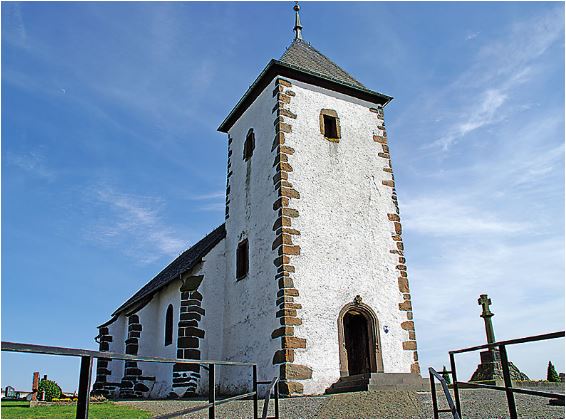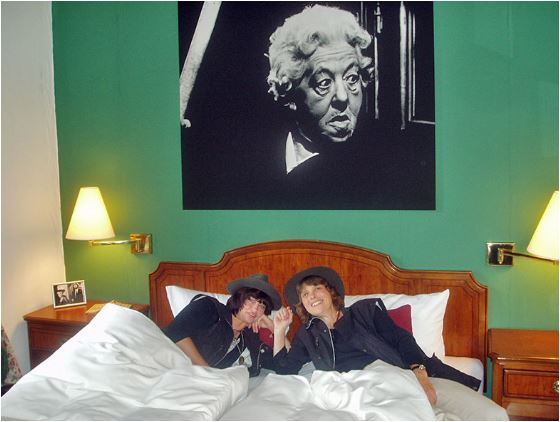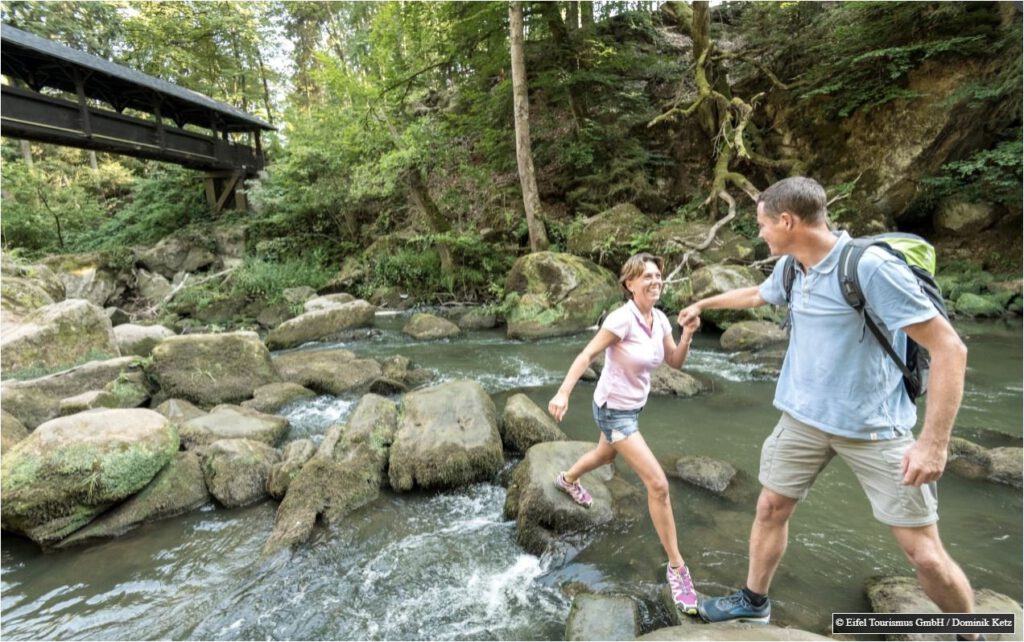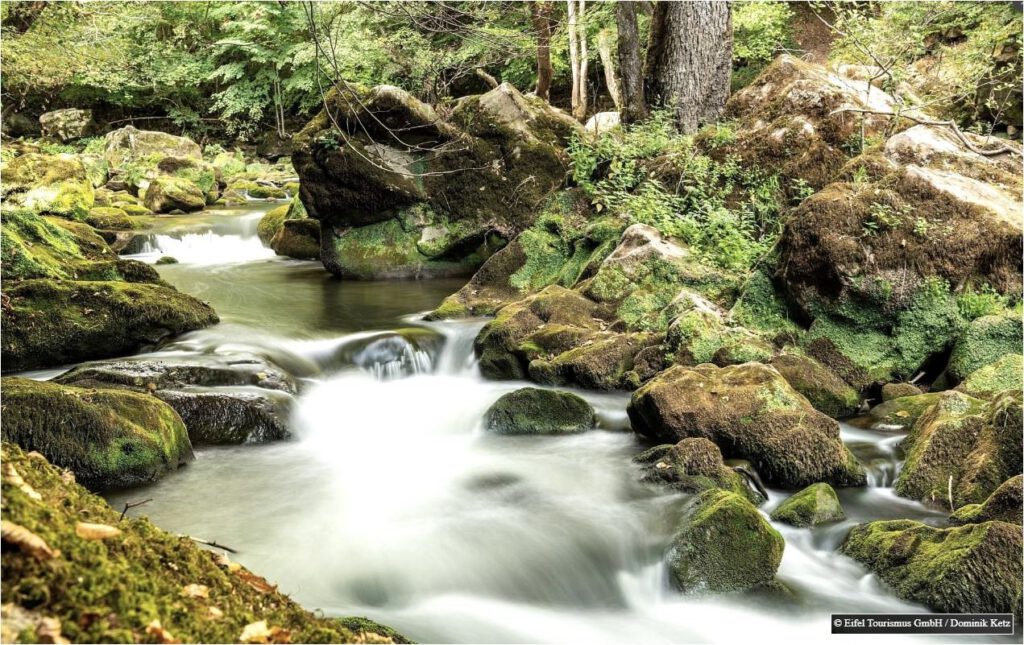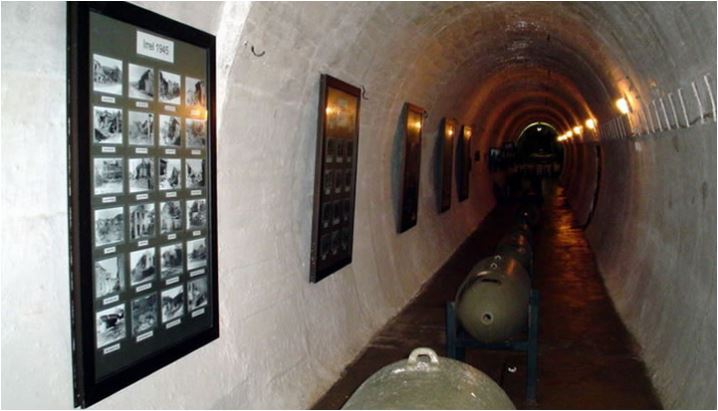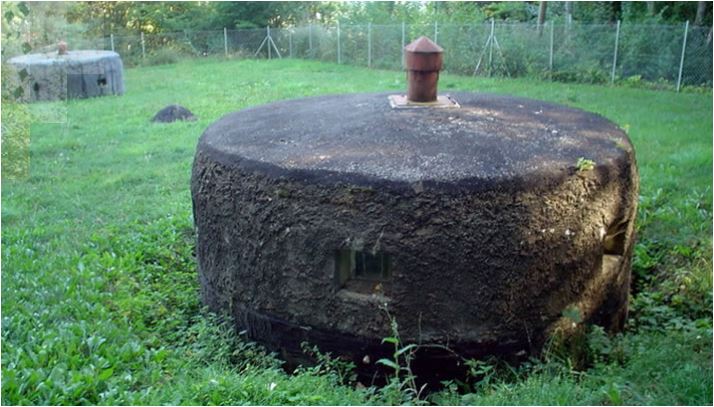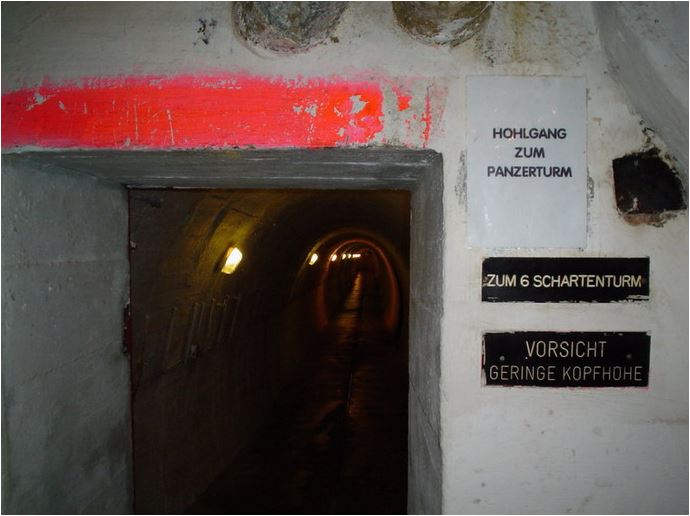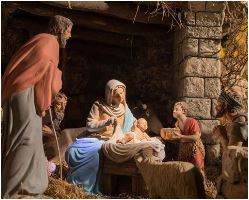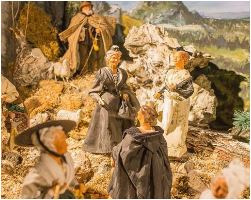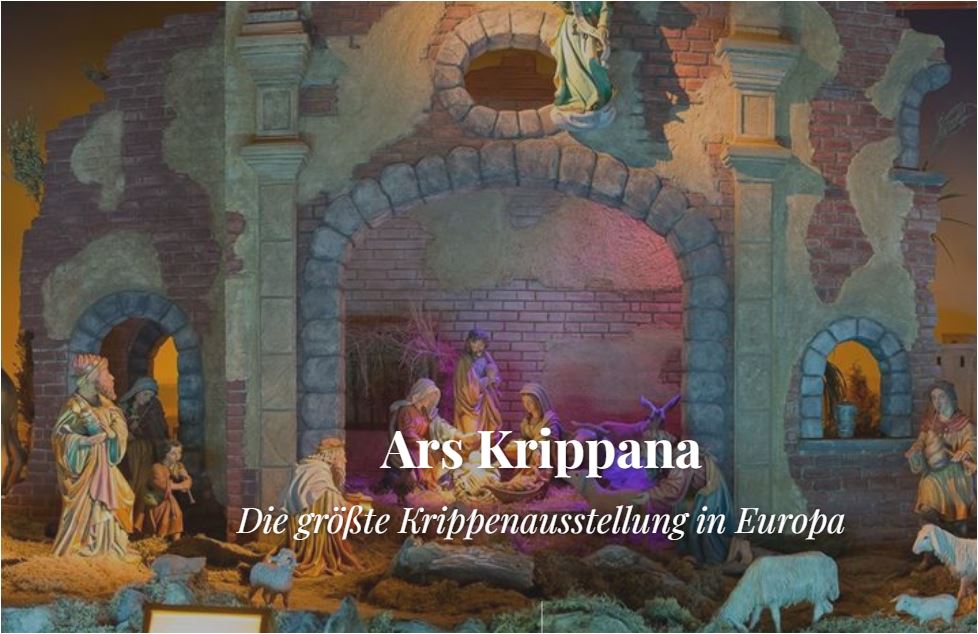The Church of the Redeemer in Gerolstein is without doubt one of the places guests should visit during a stay in the fountain town of Gerolstein.
Millions of mosaic stones, which make the interior of the church glow spectacularly depending on the incidence of light, bear witness to the wealth and power of the last German emperor.
On 25 May 1911, the foundation stone of the extraordinary, Protestant Church of the Redeemer was laid, by direct order of Wilhelm II, in the heart of the Catholic Eifel.
After a construction period of almost two years, the Emperor himself, shortly before the end of his reign, inaugurated the costly magnificent building on 15 October 1913.
The Church of the Redeemer is considered a rare art-historical document of the end of the German imperial era and is interpreted as a political monument.
The impressive central building in neo-Romanesque architectural style with its sparkling gold mosaics inspires thousands of church visitors every year and is one of the top sights in the Volcanic Eifel region.


